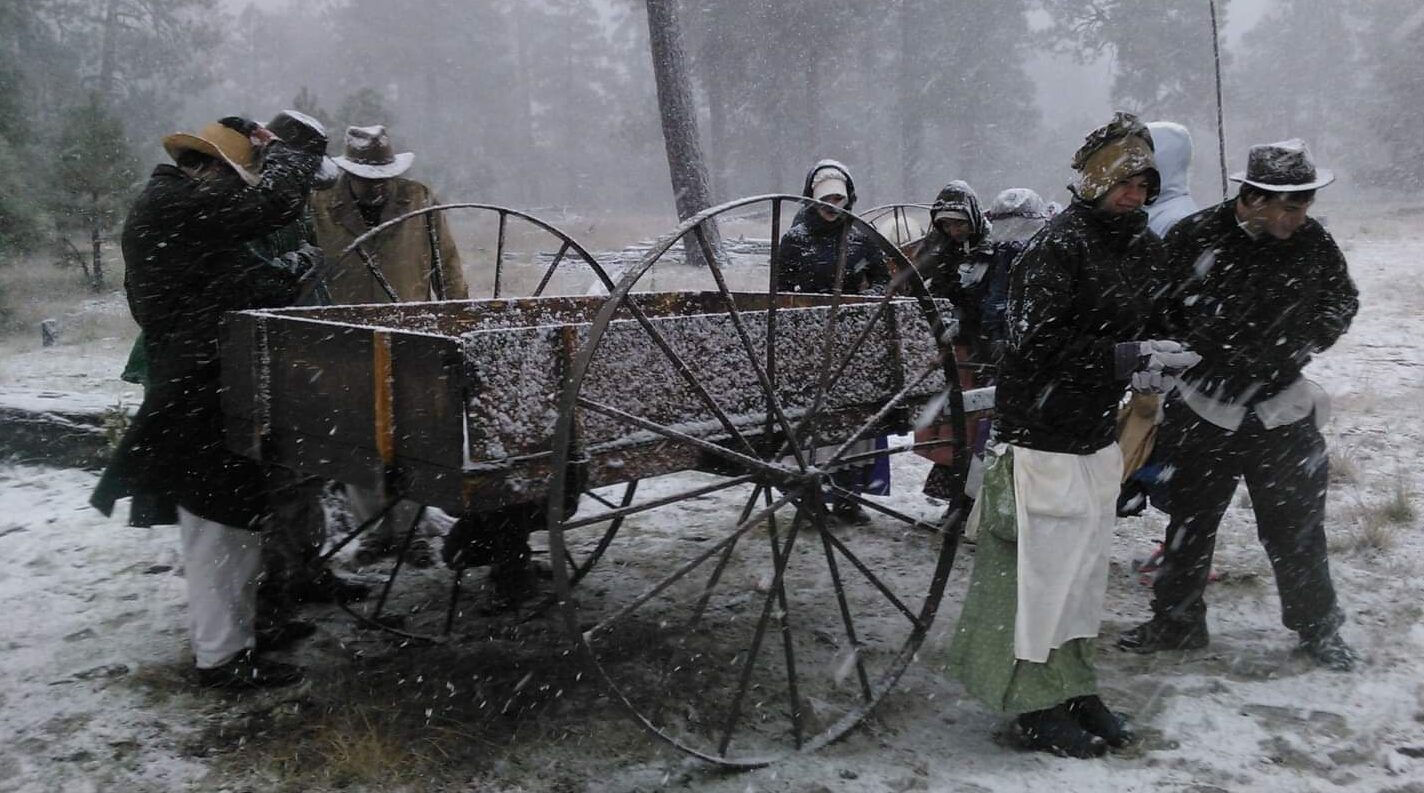Cornetta Nielsen (1874-1940)

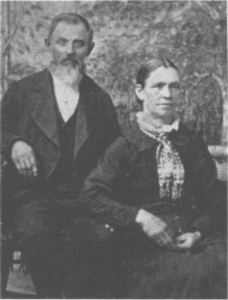
Cornetta “Karen” Nielsen is my 2x great-grandmother. Her daughter June McBride is my great-grandmother. Cornetta was born on the 15 May 1874 to Harriet Amanda Brown and Peter Nielsen in Washington City, Washington, Utah Territory. I have previously written about Cornetta’s grandmother Harriet Amanda Sheldon who crossed the plains after leaving Kirkland, Ohio.
According to my first cousin once removed, Reva Brooks, a daughter of Glenna McBride whose sister, Reva May McBride is my grandmother, “She was named Cornetta by her parents until her brothers called her Corny, then she changed her name to Karen. They then called her Carrot. Don’t you love brothers!”.
Childhood and Early years
She was a frail, delicate child and needed all the loving care her parents could give her. At the age of 6, she started school in Washington, Utah Territory, but during the first few years of school, she was out of school as much as she was in school because of poor health.
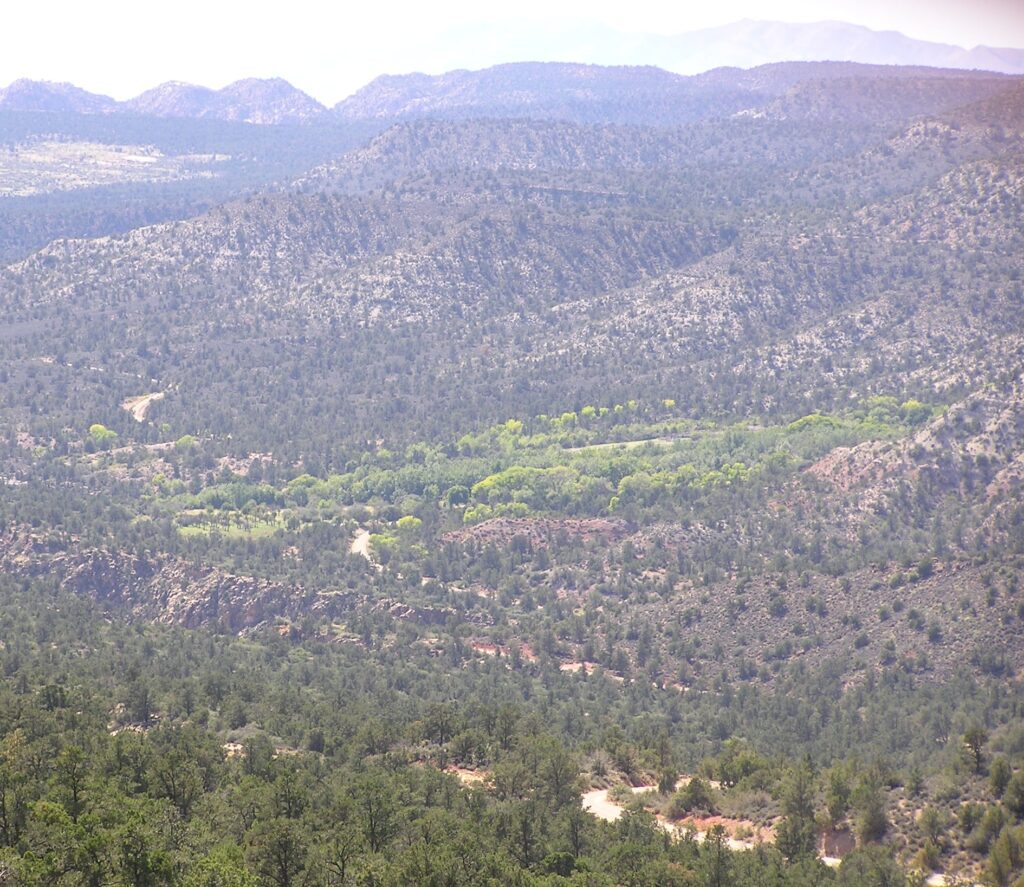
Peter Nielsen moved his family up to his Danish Ranch in the mountains. The ranch was part farm and part grazing land. It was here they went into dairying. On the ranch, there was 1 big orchard with many varieties of fruit. Cornetta said, “It was up among the trees, choosing for my meal the finest fruit I could find, that I found my health and vigor. For exercise, I galloped all of the ranch on my pony.”
Cornetta was the only daughter of Peter Nielsen ever had and she was the pride and joy of his life. Nothing was too good for his little girl. By this time the family was in favorable circumstances. They owned the ranch, cattle, and the largest mercantile store in Washington, Utah Territory.
Marriage to William Henry Angell 1892

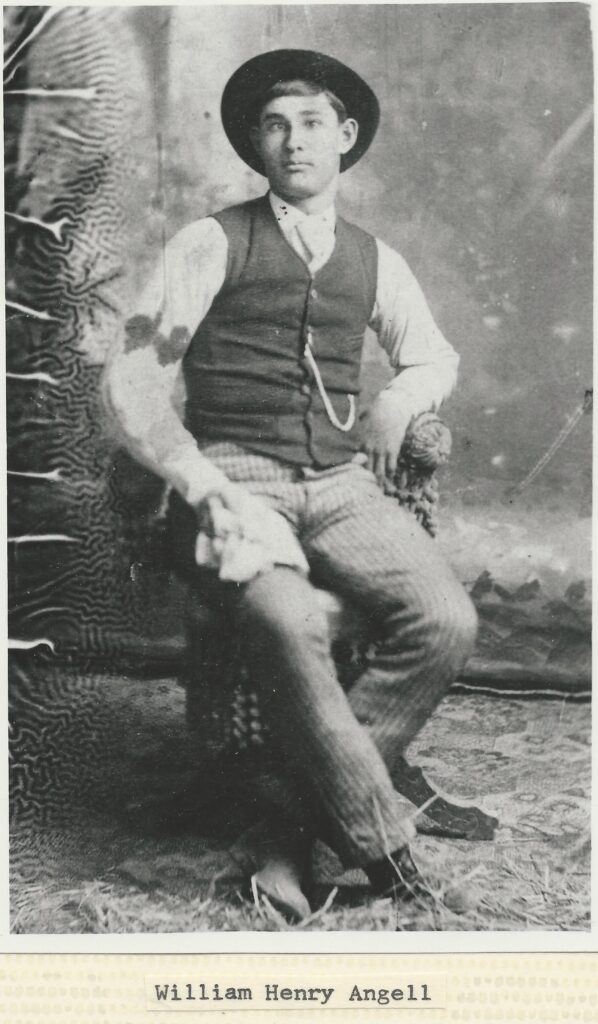
In the spring of 1890, Karen (Cornetta), met William Henry Angell. He lived in Leeds, a small town not far from Washington. On the 3rd of March 1892, they were married. For a wedding present, her father gave her a piece of land and a four-room house built of lumber. There was an orchard on the land and he stocked it with cattle. They were very comfortable.
First Child
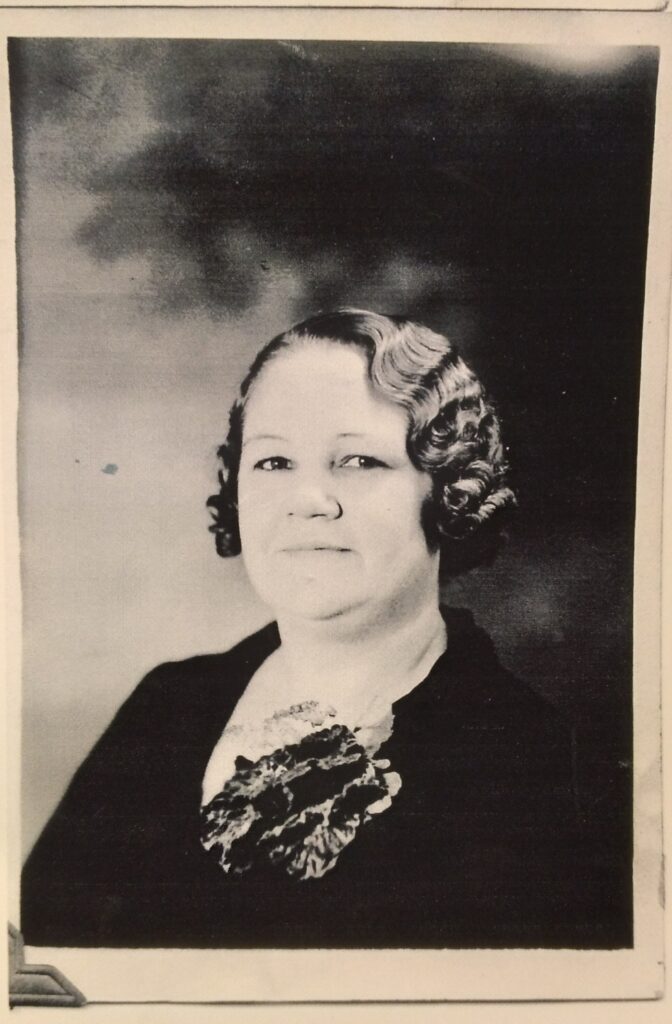
The following summer on the 24th of June 1892, their daughter Lydia June Angell was born, my great-grandmother. The following spring she met her first great sorrow when her father Peter Nielsen died on April 9, 1893. This was a great loss to her; it was to her father whom she always went to with her joys and sorrows. Also at this time, things in the home began to change and prove unpleasant. Her husband Henry, was turning to drinking and often gambled with cards. Cornetta watched him drive off one after another of the cattle to pay for gambling debts, but she loved him and had hoped conditions would improve.
Second and Third Child
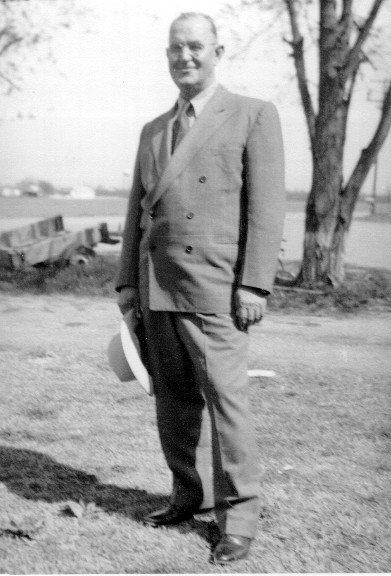
Fall came and on the 12th of October 1893, her first son was born, he was given the name of William Henry Angell after his father. About two years later on the 8 of January 1896, her second daughter was born, she was named Harriet Amanda, in honor of her grandmother Nielsen.
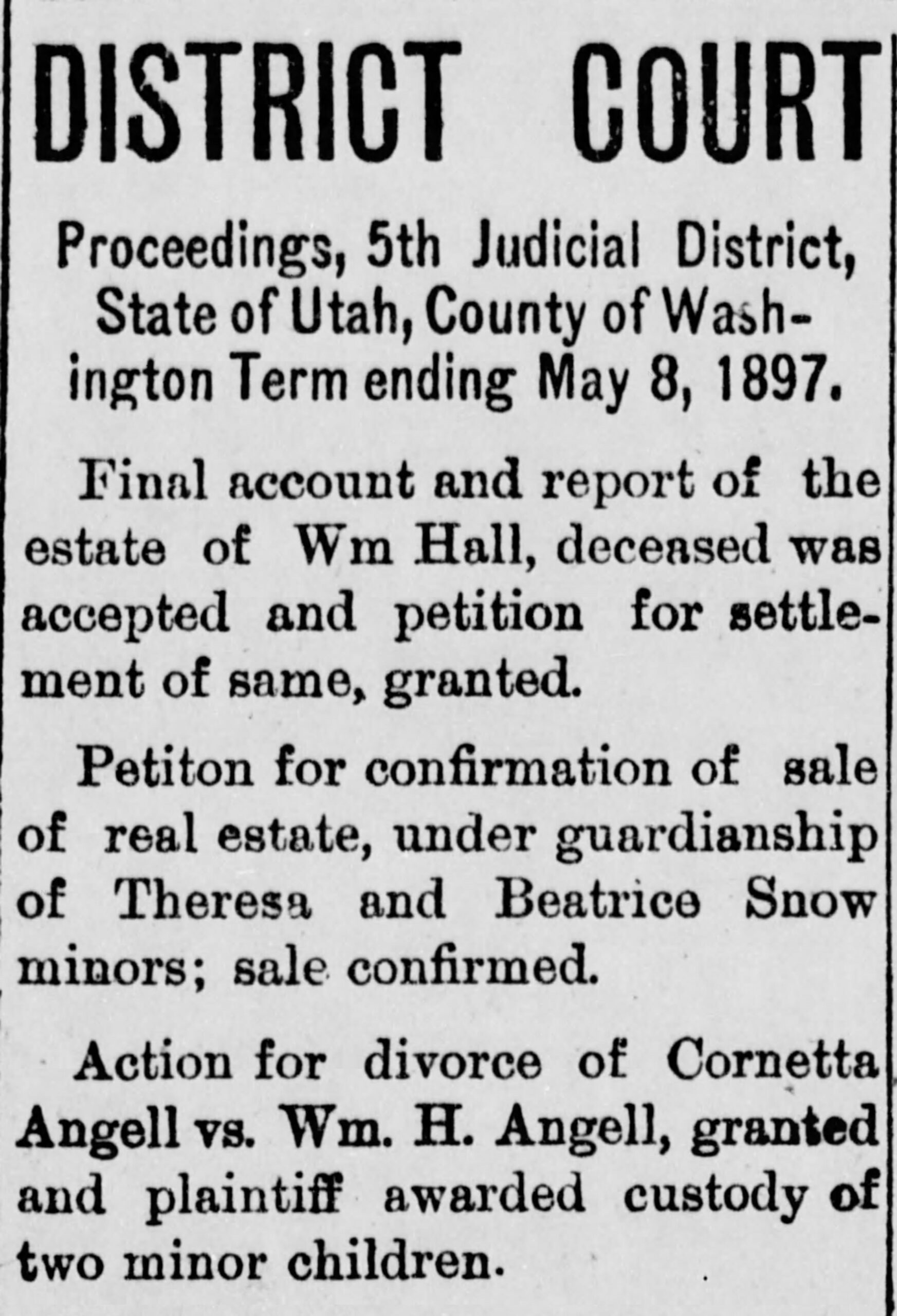
By this time the conditions in the home had steadily grown worse with Henry’s drinking and abuse, Cornetta took her three little children and went to live with her mother Harreit in Washington, Utah. She was broke and without a means to support her and her family. All that her parents had given her had been squandered by Henry. She left her children in her mother’s care and went to work at a factory in Washington. It was here she spent the next two years and obtained a divorce from Henry.
The Move to Arizona, Lee’s Ferry
In the fall of 1898, her mother, half-brother Oscar Tyler, and family, along with Cornetta and her children decided to move to Thatcher, Arizona Territory where Frank Tyler and another half-brother had moved years before. Cornetta and her mother purchased a light wagon, a big pair of black horses, loaded all their possessions in the wagon, and started for Arizona. Cornetta drove their team until they came to the big Colorado River.

When they got to Lee’s Ferry on the Colorado River, they found the river full from bank to bank with swiftly running muddy water. They wanted to cross the river that afternoon to be on their way early the next morning. The river was rising steadily and the men running the ferry tried to persuade the group to wait, the party knew if they didn’t cross that day they might have to remain there for weeks, so they insisted on crossing.
They loaded the wagons onto the ferries and ferried them over first, then came the cattle. In the middle of the stream, trouble developed and it looked for awhile that all would be lost. One of the horses did get washed overboard but swam to shore. After the livestock were unloaded the men came back for the families. All were frightened, but they prayed to God for help and trusted in his care, and he brought them safely over.
When they got ready to drive up the narrow steep dugway out of the canyon bottom, a man named Bigler asked Cornetta if she would like him to drive her team up for her and she gladly accepted his help. She knew if something should go wrong or if they should get a few inches too close to the edge of the dugway, they would drop hundreds of feet back into the muddy water. All the women and children were sent ahead to walk up the wagon trail. By the time they reached the top, they were all very tired. They then watched and waited nervously and anxiously for the wagons and men to reach the top. They all made it safely.
Cornetta retook the rains and drove the team of horses from there into Thatcher. It is said that the men talked among themselves about what a wonderful teamster she was. Because of her life on the Danish Ranch, she knew horses, and how to handle them.
Thatcher and Matthewsville, Arizona Territory
When they reached Thatcher that fall she learned that her brother Frank had bought a flour mill in Matthewsville, Arizona, about twelve miles West of Thatcher. He needed someone to help him, so Cornetta took her three children and moved. She proved to be a good hand for him, and since he had a big farm and needed to be there to run it, he soon turned the mill over to her to run for him.
On the evening of the 15 January 1898, her little almost 3 daughter, Harriet Amanda became suddenly ill. The doctor was sent for and Cornetta frantically fought for her child’s little life, but before the doctor could get there, she was dead. The doctor said she died of membranous croup. The next day she was laid to rest in the Thatcher Cemetery. Her grief was great, but Cornetta continued her work at the flour mill.
Marriage to John Daniel Matthews
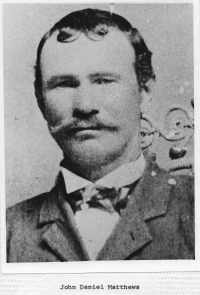
Before Cornetta had moved to Matthewsville, Arizona Territory, she had a vivid dream one night. In this dream, someone walked up to her, handed her an envelope, and told her the picture of the man she was to marry was in it. She opened the envelope, pulled out the picture, and looked at it. Because this all happened in a dream she dismissed it from her mind. Sometime later, she was attending a dance. She was standing in the dance hall with some friends and relatives. She glanced towards the door as some men entered. One among them she immediately recognizes as the man whose picture she had seen in her dream. Later in the evening, she was introduced to the man, John Daniel Matthews.
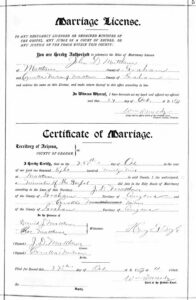
On 25 October 1899, Cornetta and Daniel were married by Henry Boyle in Matthewsville, Arizona Territory. It is said that Daniel was a wonderfully, kind and good man. He was not only good to Cornetta but the children loved him and he became their (real) father. Daniel had been married before to Josephine Helen Lee but that marriage didn’t last and they were divorced, the couple had no children. He was not a man of means.
Cooking for the Mines and Birth of Couple First Son Joseph Daniel Matthews

About this time a company was formed to develop mining claims in the mountains North of Thatcher. They needed a cook and asked Cornetta if she would do the cooking. She accepted the offer and the family moved. Daniel helped her and they cooked and prepared the meals and lunches daily for forty to fifty men. The Matthews family had been living at the mine for about a year when the company went broke and the mine closed down. The family moved back to Matthewsville. Here their son Joseph Daniels was born on the 7 October 1900.
The next spring the company was reorganized by two men from the East named Macanary and Hurley and this time started working mines on the South side of the valley in the Graham Mountains in a place called Aravaipa. Again Cornetta and Daniel cooked for the men. The work lasted about a year and then they had to close down for lack of money. They couldn’t even pay Cornetta what they owed her so they told Daniel and Cornetta they could have all the tools and shop equipment. There was nothing else they could do but accept and try to salvage what they could for it. Again they moved back to Matthewsville and built two large lumber rooms to live in.
The Move to Solomonville Arizona and Birth of Charles Orson and Milo LeRoy Matthews
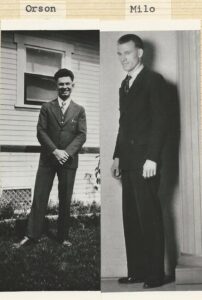
On the 2nd of October 1902, their second son Charles Orson was born. The following spring, they moved to Solomonville, Arizona Territory, a small town about 20 miles East of Matthewsville. Here Daniel and his nephew, Dave Matthews farmed the big Barney Ranch. Here their third son Milo LeRoy was born on 1 April 1905. The next summer the ranch was sold and they moved back to their home in Matthewsville.
Death of Husband John Daniel Matthews and Mother Harriet Amanda Brown
Daniel’s health was failing, and the doctors didn’t seem to know what to do for him, so he decided to go to Salt Lake City and see what the doctors there could do for him. He was gone about two weeks and when he returned, Cornetta learned of the greatest sorrow that would come into her life. She was told that her loving husband had cancer of the throat and there was nothing that could be done for him. For over a year she nursed him day and night. On October 9, 1906, he died at the age of 45. He is buried in the Matthewsville Cemetery, now called the Glenbar Cemetary. The land for the cemetery was donated by another ancestor Polly Boss. About three months later, death once again comes into Cornetta’s life. Her mother Harriet Amanda Brown, died in Bryce, Arizona while living with her son Oscar Tyler.
Move Back to Thatcher and Hardships
Cornetta, felt truly alone in the world now with her five little children and no means to earn a living for them. There was no place in Matthewsville where she could secure work so she moved back to Thatcher, Arizona into a small two-room shack on her brother Frank Tyler’s farm.
Little did she know of the heartaches and hardship that lay ahead for her. She was ambitious and anxious for her children. She wanted them to have an education so they could compete with the world and not have to work like she did. She went into homes to do cleaning work, washing, and ironing. She cooked for bailer and thresher hands from morning until night, took in family washings which she had to do in a washtub and on a scrub board, heating water in a tub over a fire outside. She even worked in fields harvesting corn and cotton. She received from twenty-five cents to a dollar a day for her hard work. Wages were low and with all her hard labor there was just a bare existence for the family. As June and then Henry became twelve they went to work also.
By 1907, Cornetta had scraped together enough money to take the family to the Salt Lake Temple in Salt Lake City, Utah, and have her children sealed to her and her husband Joseph Daniel Matthews. On the morning of the 5th of October 1907, about forty people boarded the train for Salt Lake City, Utah. On the 19 of October, the older couples received their temple blessing, and their children were sealed to them. On the way, the group had to stop off for a while at San Bernardino to wait for the connections. While waiting in San Bernardino they saw an automobile for the first time and tasted their first banana.
Marriage to Thomas Edward Rose and a New Baby Girl Priscilla Rose

The next summer, Cornetta met Thomas Edward Rose and married him on the 9 of January 1911. He was a widower with six children. The youngest was about 10 years old. Cornetta took her three little boys with her to the Rose home, June and Henry were working away from home, and going to school. It soon became apparent that the little boys, Joseph, Orson, and Milo were not welcome and were sent to live with their grandmother Mary Polly Matthews.
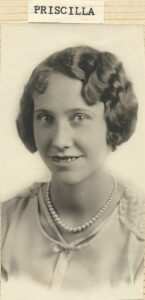
Cornetta could hardly stand the separation, but that summer a little daughter, Priscilla, was born on July 5, 1912. In August her son Milo contracted Typhoid and a few weeks later Joseph also came down with the disease. It was time for school to start and June’s last year at the academy. When June learned of the illness of her brothers, she and Henry talked things over and he decided to not go to school but stay in Globe and work and provide for the family. June would rent a house, bring the boys home, and care for them. Milo soon became well, but Joseph grew steadily worse, and about the first of October Orson became ill with Scarlet Fever.
The Ultimatum by Her Husband Thomas Rose
Orson became so ill that the doctor told him he must have cold packs 24 hours a day if he were to live. Cornetta brought her baby girl and cared for the boys during the day and June sat up with them all night and went to school during the day.
One morning Tom Rose gave Cornetta an ultimatum, that she couldn’t go to the home where her children were staying anymore but if she did go, she was not to come back to his house. It was not hard for her to make the choice. She knew her little boys needed her so much more and wanted to be with them, so she left never to return. It was nearly Christmas before the boys were well again.
During the summer, Cornetta got the chance to trade her house and land in Matthewsville for a small piece of land and lumber house in Thatcher. They had no more than gotten moved in to the home in Thatcher when June, the oldest became ill with Typhoid and about a month later Henry came home with the dreaded disease. Cornetta’s hands were full now as if they weren’t before, and there was no income to help her with expenses or pay for medicine or doctor bills. Henry was in bed for four months and June for eight months.
Henry returned to work as soon as he could, and June passed the Arizona State Teacher’s examination and started teaching school in Graham County for $75.00 a month. The next spring Henry left for France in the first world war. Not once during all the time he was gone and in the service did he fail to send his check home to his mother. Financial conditions were not so strenuous now, the small boys were old enough to get small jobs and just as willing for their money to go into the family purse.
Soon after Henry came home from the service, he, Joseph, and Orson went to California to work. They lived together and sent money home to their mother to spend as she saw fit. Milo and Priscilla were still at home with her.
On 15 May 1923, June, who had married eight years earlier, brought her husband Rolla McBride home to her mother’s house so she could care for him and their children. About this time, the Valley National Bank closed its doors and all of Cornetta’s savings were gone. Rolla, June’s husband died the following January, her boys in California sent money home for the expenses and Cornetta cared for her four grandchildren while June went to Gila College to prepare herself to teach school.
The Move to California
In the summer of 1927, Cornetta moved to California and kept the house for her boys who had bought a home. She also cared for June’s children while she finished her schooling in San Diego. Joseph was not doing well and June persuaded him to go home to Thatcher with her to see if he wouldn’t get better. But finally, on April 17, 1929, he died from the effects of the dreaded Typhoid he had so badly earlier in life.
After the children were all married, Cornetta, moved back to Solomonville, stayed for a while with June, and then went to June’s daughter Glenna in St. David, Arizona where Glenna was teaching school.
After a few months of peace, word came that Milo’s wife, Eva Izora Driscoll, had left him and three little girls who needed care. Cornetta left immediately for California to care for these little granddaughters until she became too ill and had to go to the hospital, where a few days later she died on the 8 October 1940. Her body was brought back to Thatcher to be buried and a funeral was held for her in the chapel.
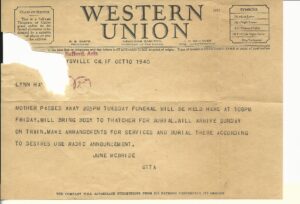
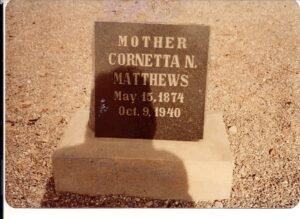
As I read through the stories and learned of Cornetta’s life I can not imagine what she must have endured. What stands out to me is that she never gave up and that family always seemed to be at the forefront. What a great woman she must have been. I sure would of liked to have met her.
